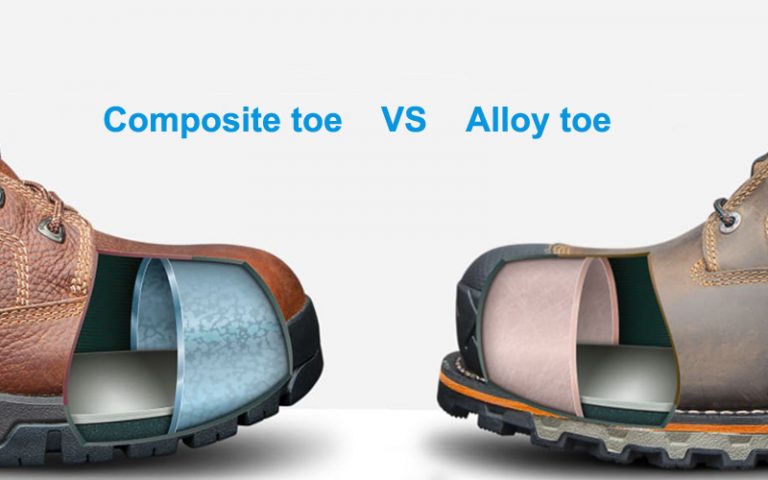When it comes to toe protection in work boots, there are three main types of safety toe materials used: composite toe, alloy toe, and steel toe. So, what’s the difference between them, and which one is the best? Let’s take a closer look at each option to help you make the best decision for your needs.
Table of Contents
Composite toe vs Alloy toe vs Steel toe: What is the difference
When it comes to work boots, there are three main types of safety toe protection for work boots: composite toe, alloy toe, and steel toe. So, what’s the difference between them?
Composite toe: Composite toe boots have a protective cap made from composite material, usually plastic and Kevlar or carbon fiber. This type of toe protection is lightweight and non-metallic, making it a good choice for workers who are required to wear metal-detector-friendly footwear. Composite toe boots make them lighter than steel toe boots and alloy toe boots and still provide good protection. However, they’re not as durable as steel toe boots and they’re not recommended for work in extremely cold or hot environments.
Alloy toe: Alloy toe boot has a steel toe cap that is covered with a thin layer of aluminum or other metal. They’re heavier than composite toe boots, but they’re also more durable. They’re a good choice for work in harsh environments, but they’re not as comfortable as composite toe boots. Alloy toe boots are lighter than steel toe boots, but the toe protection is not as effective.
Steel toe: Steel toe boots have a steel toe cap that is surrounded by a thicker layer of steel. Steel toe boots are the heaviest and most durable option. They provide the best protection against impact and compression.
Composite toe vs Alloy Toe vs Steel toe: Weight
Composite Toes are lighter than steel toes and alloy toes, composite toes are 30% lighter than steel toes. Steel toe is stronger than both alloy and composite toes, but it’s heavier than both of these materials as well.
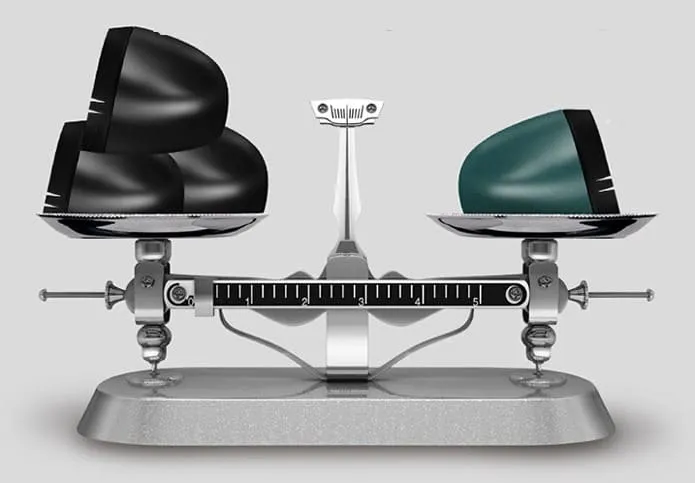
Composite toe vs Alloy Toe vs Steel toe: Metal detectors
All three types of toes can be detected by metal detectors. However, steel toes will set off the alarm more frequently than composite or alloy toes.
Composite toe vs Alloy Toe vs Steel toe: Durability
Steel toes are more durable than composite toes and ally toes and provide the highest level of protection from impact and compression.
Composite toe vs Alloy Toe vs Steel toe: Electrical Hazard
Composite toe shoes are a good choice for electrical hazards because they’re non-conductive.
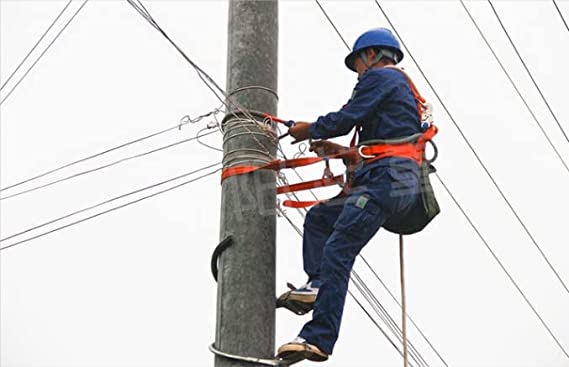
Composite toe vs Alloy Toe vs Steel toe: Insulation
When it comes to insulation, all three options will provide some level of protection. However, composite and alloy toe work boots will typically provide more insulation than steel toe work boots. This is because the materials used in their construction are better at trapping heat.
What is composite toe?
Composite toe caps are a type of safety toe that has a protective toe cap made from a composite material. This material is usually a mixture of Kevlar, carbon fiber, and fiberglass. The composite toe offers protection from impact compression and is much lighter than a steel toe.
Most composite toe boots are also slip-resistant and waterproof, making them ideal for work in hazardous environments. Composite toe boots are available in a variety of styles, including athletic shoes, work boots, and dress shoes.
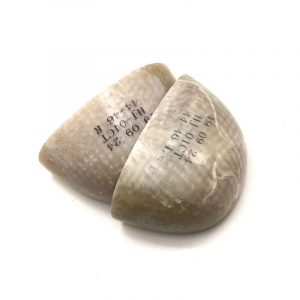
Pros of composite toe:
- Lighter than steel toe boots
- More comfortable to wear
- Provide better protection against impact and compression
- Electrical hazard resistant
Cons of composite toe:
- Price is more expensive than steel toe and alloy toe
What is alloy toe?
Alloy Toes are a type of safety toe that is made with a mix of metals. The most common metals used in alloy toes are aluminum, titanium, and nickel. Alloy toes are lighter than steel toes, and they conduct heat and cold better than steel toes. They are also non-magnetic. Alloy toes are used in a variety of work boots and shoes. They are popular in construction, warehouse, and manufacturing jobs.
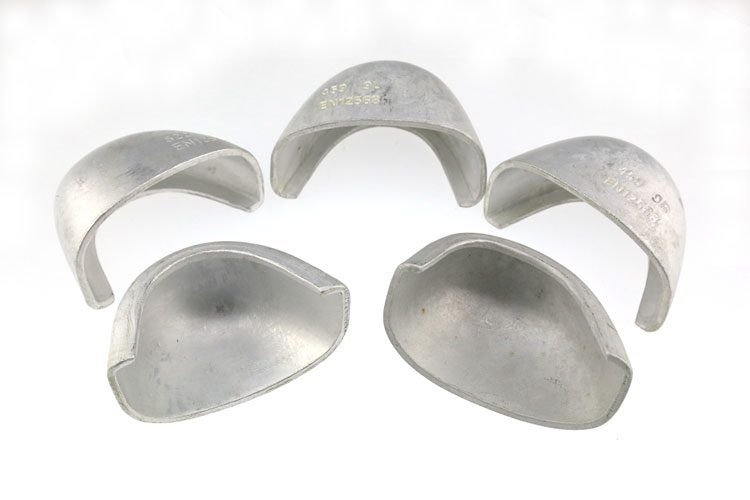
Pros of alloy toe:
- Lighter than steel toe
- More comfortable to wear
- Provides the same level of protection as a steel toe
- Thinner than steel toe
Cons of alloy toe:
- Alloy toes are not as durable as steel toes
- Alloy toes heavy than composite toe
What is steel toe?
A steel-toe shoe is a shoe that has a steel toe cap on the front of it. This type of shoe is designed for workers who need extra protection for their feet. If you work in a job that requires you to wear steel-toe shoes, then you know how important they can be. Steel toe shoes can protect your feet from a variety of different hazards. If you drop something heavy on your foot, or if you step on something sharp, a steel toe shoe can help to protect your foot from injury.
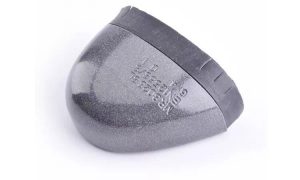
Pros of steel toe:
- Durability than alloy toe and composite toe
- Price is cheaper than composite toe and ally toe
Cons of steel toe:
- Weight is heavier than composite toe and ally toe
- Set off metal detectors
Composite toe vs Alloy Toe vs Steel toe: How to choose
The type of safety toe you choose for your work shoes or boots is an important decision. The three most common types of safety toes are composite, alloy, and steel. Each has its own advantages and disadvantages, so it’s important to choose the right one for the job you’ll be doing.
Composite toes are made from a variety of materials, including plastics and fibers. They’re lighter than steel or alloy toes, and they don’t conduct heat or cold as well. They’re a good choice for jobs that require a lot of walking or standing, or for people who are sensitive to cold temperatures.
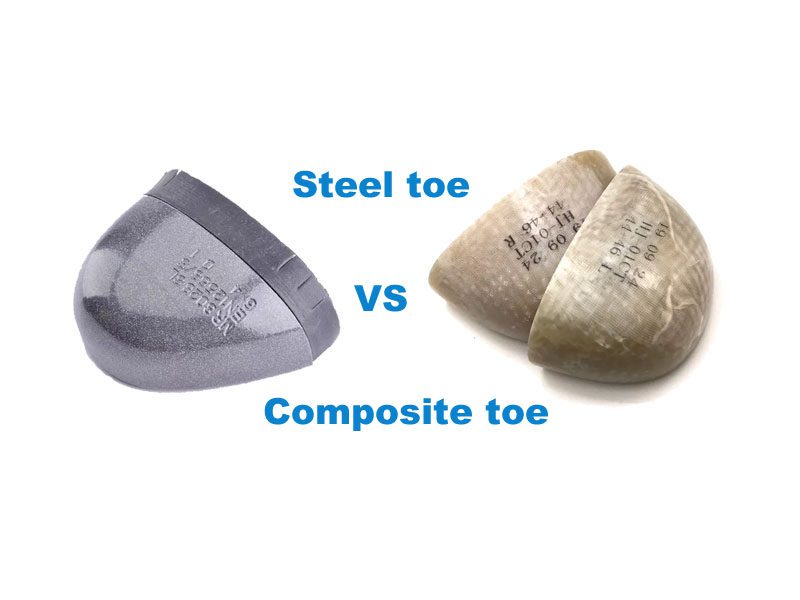
Alloy toes are made from metals like aluminum or titanium. They’re lighter than steel toes, and they conduct heat and cold better. They’re a good choice for jobs that involve a lot of moving around, or for people who are sensitive to cold temperatures.
Steel toes are the heaviest and most durable type of safety toe. They’re a good choice for jobs that involve a lot of heavy lifting or for people who work in extreme temperatures. They’re also the most expensive type of safety toe.
So, which type of toe protection is right for you? It depends on your job requirements and personal preferences. If you work in a job that requires you to wear metal-detector-friendly footwear, then a composite toe boot is a good choice. If you want the lightest weight possible, then an alloy toe boot is a good choice. If you want the most durable and heaviest-duty option, then a steel-toe boot is the best choice.
FAQ about composite toe, alloy toe, and steel toe
Which is lighter alloy toe vs composite toe?
The average weight of a composite steel toe boot is 11 ounces, while the average weight of an alloy steel toe boot is 15 ounces. So, an alloy steel toe boot will be much lighter than a composite steel toe boot.
Are alloy toe boots OSHA approved?
Yes, alloy toe boots are OSHA approved. Alloy toe boots are specifically designed to protect your feet from hazards in the workplace, and they are fully compliant with all OSHA regulations.
Is alloy toe the same as steel toe?
Alloy toe is not the same as steel toe. Alloy toes are made of aluminum or magnesium, which provide protection from impact but cannot withstand the same amount of pressure as steel toes.
Steel toes are made of metal and can hold up in situations where there’s a lot of force or pressure on them. For example, if you trip over something and fall, your foot could be crushed by the weight of your body if you’re wearing a steel-toed boot instead of alloy safety toe shoes.
Alloy toe or composite toe better suit hot summer outdoor conditions?
Alloy toe is more suitable for hot summer outdoor conditions because it is made of metal and can withstand high temperatures. Also, alloy toes are more durable than composite toes.
However, composite toes are lighter in weight. So, if you are looking for a lighter work boot, then go with the composite ones.
Additional Resources
- What are safety shoes?
- What is steel toe cap?
- What is composite toe?
- Composite toe vs Steel toe vs Alloy toe
- Steel toe vs Aluminum toe vs Carbon toe
- CE EN20345: Safety shoes standard
- What is the function of safety shoes?
- Top brands of safety shoes
- Safety shoes size chart
- Best safety shoes for construction
Conclusion
After reading this article, it is clear that there are pros and cons to each type of toe protection. It is important to consider the type of work that will be done while wearing the boots, as well as the level of protection needed.
Both composite and alloy toes have their pros and cons, but steel toes are generally the better choice for most people. Composite toes are lighter and more comfortable, but they’re also more expensive and can’t withstand as much force as steel toes. Alloy toes are a good middle ground, but they’re not as durable as steel toes and can’t protect against as much impact.

